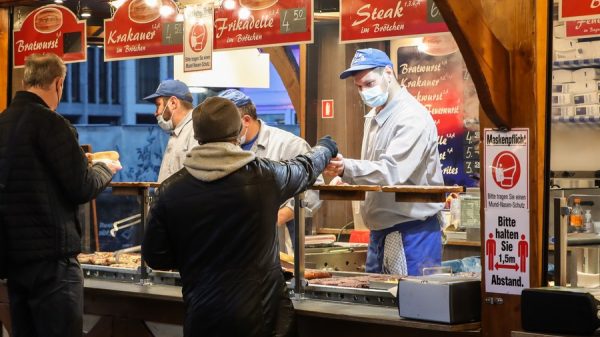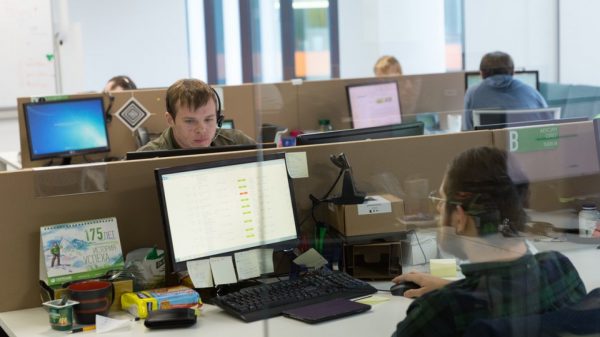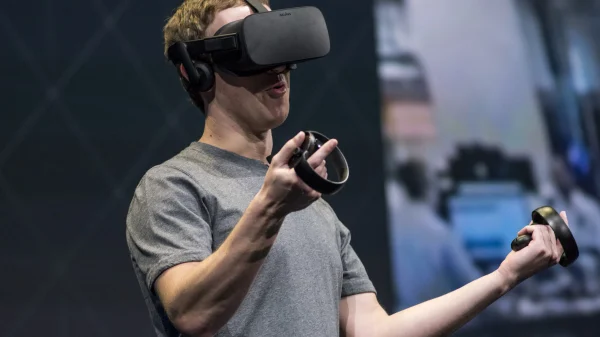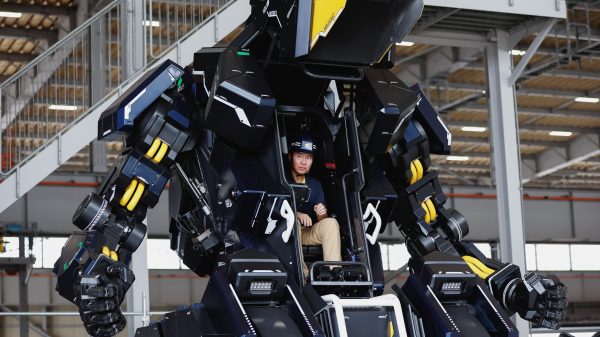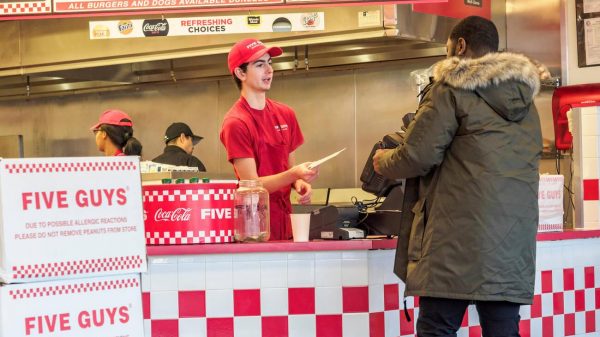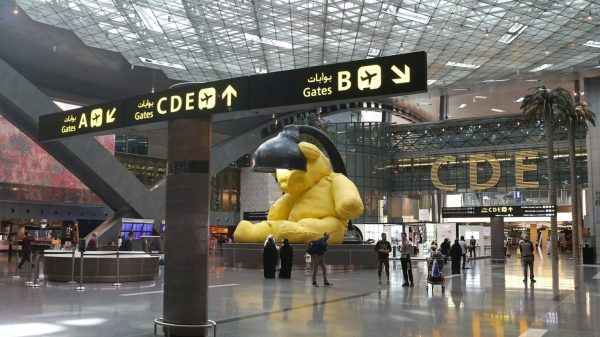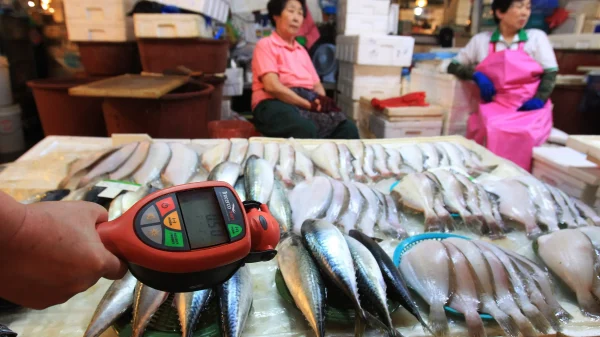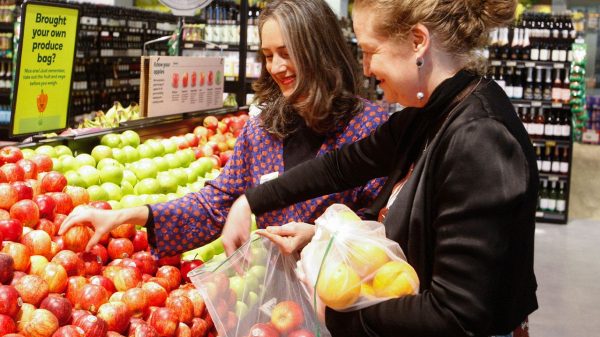Crows share an interesting set of behaviors with humans: they like to play, and they often use tools. We know that humans play to learn. When toddlers knock over a pile of blocks, they're developing the ability to build and measure objects in the real world. The question is, do crows play for the same reason? An international team of cognitive scientists played with some crows to find out. What they discovered gives us a new understanding of crow consciousness, but it still leaves a lot of questions unanswered.
Lund University cognitive science researcher Megan Lambert and her colleagues designed three experiments to figure out whether there's a relationship between crow play and their ability to use tools to solve puzzles. It's well-documented that wild New Caledonian crows make a variety of tools, from hooked sticks to specially-prepared leaf edges, to pull insects out of hard-to-reach spots in trees. But crows have also been observed doing all kinds of weird things with tools, often for what seems like the pursuit of fun.
In the YouTube video above, you can see a crow in Russia using a plastic lid to sled down a snowy roof. Researchers call these shenanigans "unrewarded object exploration." The crow doesn't get a "reward" because nothing about this activity aids its survival. Its only reward is the fun of sliding down a roof. But maybe, Lambert and her colleagues speculated, this type of seemingly goofy activity might actually lead to better tool use later on. The bird is learning about slipperiness, after all, and we even see it figuring out that it can't slide on the roof unless there's enough snow underneath the lid.
Toys into tools
The real question is whether there's a direct relationship between playing with something and then using it as a tool. The first two experiments that the researchers designed were attempts to answer this question. Researchers tested six wild New Caledonian crows, who had been caught five weeks before the study. For comparison, they also tested eight kea, born in captivity. Kea are known for their playful exploration of objects, but they don't use tools in the wild.
Both groups of birds were given several objects to play with: cubes of varying colors, half of which were heavy and half of which were light; and ropes of varying colors, half of which were rigid (they had a wire in the center) and half of which were flexible.

Once they'd played for a while, the birds were trained on a task in which they had to use a heavy object (not a cube) to collapse a platform and get a food reward. Then they had to learn to use a rigid stick (not a rope) to poke food out of a tube. So now the birds were familiar with their "toys" and with tasks that required tools to get food.
The researchers wondered whether the birds would change how they played with their toys once they knew how the food task worked. Maybe they would look more closely at the heavy cubes or rigid ropes? The researchers gave the birds some toys within view of the food platform, to keep the task fresh in the animals' minds. But none of the birds changed how they played with their blocks and ropes. There was no indication that the birds were trying to find tools that would help them get food later.
In the last phase of testing, birds were given 10 chances to pick a tool that would let them get at food on the platform or in the tube. In each of the 10 rounds, researchers presented the birds with two familiar toys that they'd played with before. To get the food, they had to choose either a heavy block or a rigid rope. The results were mixed.

Four of the 12 birds (two kea and two crows) performed far above chance when it came to the ropes. None of the birds performed above chance when it came to the blocks (in a separate experiment, one kea and one crow learned to choose the right blocks when they were color-coded, so it's likely they were going by color rather than weight). In a third round of experiments, in which the birds were not allowed to play with the tools, the researchers found that none of the birds performed above chance.
These experiments yielded several interesting insights. One is that the birds clearly did learn about the physical properties of objects by playing with them. When the birds were allowed to play with the tools before tackling the food test, they often made better choices about which tool to use. And yet not all of the birds were equally adept at turning toys into tools. The birds' behaviors were highly individualistic, despite the fact that they were all presented with exactly the same test conditions.

















